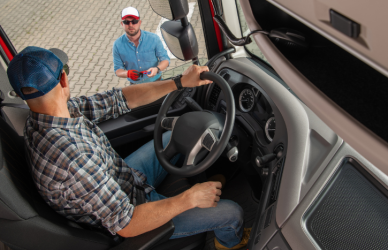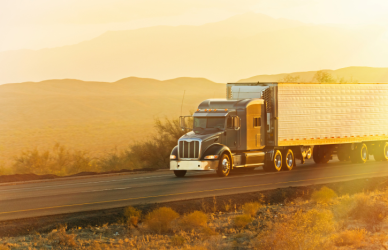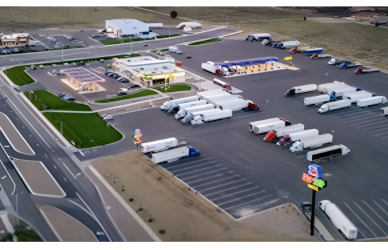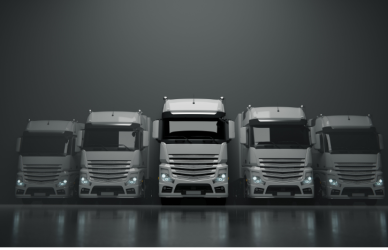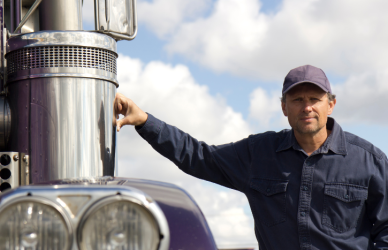A notable trend gaining momentum in state legislatures across the nation is the push for regulations limiting the deployment of autonomous trucks on state roads. Lawmakers in two states have recently proposed legislation addressing this emerging concern, signifying a growing need for legal frameworks in the rapidly evolving autonomous vehicle landscape.
In Indiana, bipartisan efforts led by Sen. Jim Tomes and Rep. Cindy Ledbetter aim to amend existing legislation governing automated vehicle platooning. While current Indiana law permits platooning at speeds and distances facilitated by electronic coordination, the proposed bills, HB1022 and SB57, specifically mandate the presence of a human operator in autonomous tractor-trailers transporting passengers or goods on highways.
The operators must adhere to both state and federal qualifications for operating a vehicle and an automated vehicle.
“With new technology on the horizon and more self-driving vehicles being used on our roadways, it is important our laws reflect these changes to keep Hoosiers safe,” Tomes said. “Driverless vehicles, especially large trucks, could pose a danger on our public roads if not monitored properly.”
A parallel initiative is unfolding in New York, where existing state law lacks provisions requiring a human presence in the cab of large autonomous vehicles for emergency control. Sen. Pete Harckham’s introduced bill, S7758, seeks to rectify this gap by mandating operators to accompany autonomous trucks weighing over 10,000 pounds while traversing the state’s roadways.
“The integral role of the trucking industry in our lives means we have to be proactive and vigilant about public safety and job security when it comes to technological innovations like autonomous operating vehicles,” Harckham said.
Harckham emphasizes that this measure not only addresses safety concerns but also safeguards jobs for over 270,000 New Yorkers, illustrating a commitment to a balanced approach between technological advancement and employment security.
However, these endeavors face challenges. California recently witnessed a veto by Gov. Gavin Newsom of legislation akin to the proposed bills. The vetoed bill sought to prohibit autonomous vehicles weighing over 10,001 pounds from operating without a human safety operator physically present during testing or transportation of goods or passengers. Newsom argued that the existing regulatory framework provides sufficient authority for the Department of Motor Vehicles (DMV) to oversee autonomous vehicle technology, deeming the new legislation unnecessary.
“Existing law provides sufficient authority to create the appropriate regulatory framework,” Newsom said. “(The DMV) continuously monitors the testing and operations of autonomous vehicles on California roads and has the authority to suspend or revoke permits as necessary to protect the public safety.”
As the legislative landscape evolves, debates continue regarding the compatibility and safety implications of integrating autonomous and traditional vehicles on roadways. Advocates of truck platooning stress the technology’s potential benefits, including fuel efficiency, reduced traffic congestion, and improved highway safety. However, skepticism persists among critics about the feasibility and safety of widespread autonomous technology adoption.
Acknowledging the potential of autonomous technology, the Owner-Operator Independent Drivers Association underscores the challenges it poses, particularly concerning commercial vehicles and highway safety. The ongoing dialogue reflects the need for a nuanced and well-balanced regulatory framework that considers the dynamic nature of autonomous trucking technology.
Source: Land Line





